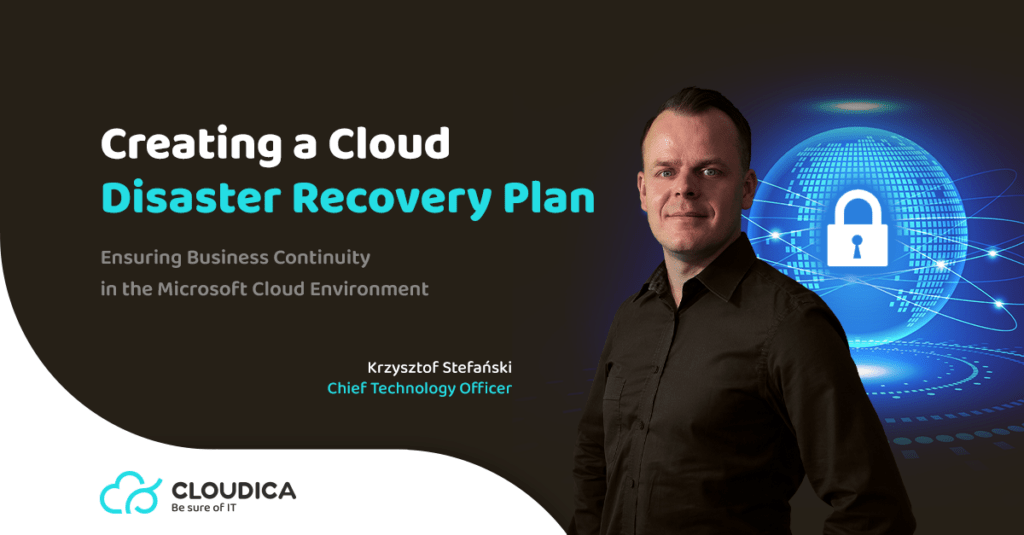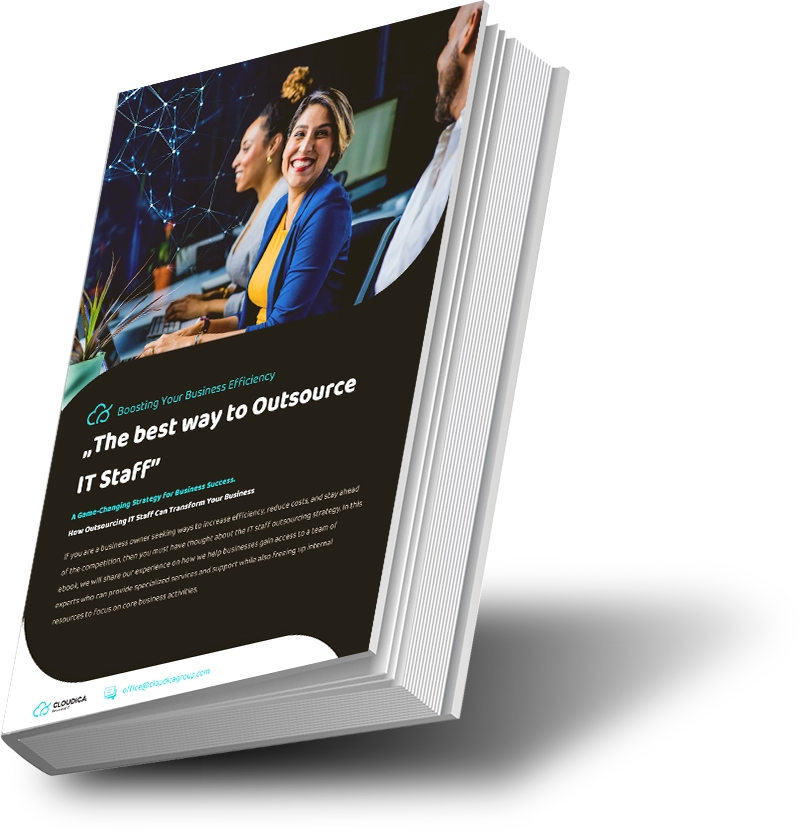Creating a Cloud Disaster Recovery Plan: Ensuring Business Continuity in the Microsoft Cloud Environment

In today’s digital landscape, organizations heavily rely on cloud computing for their critical data and applications. However, the potential for unforeseen disasters or disruptions necessitates the need for a comprehensive cloud disaster recovery (DR) plan. This article will guide you through the process of creating a cloud disaster recovery plan tailored to the unique requirements […]
5 Benefits of Cloud Optimization and how to embark on an effective cloud optimization journey

Cloud optimization is crucial for maximizing the efficiency, performance, and cost-effectiveness of your cloud resources and workloads. By optimizing various aspects of your cloud infrastructure, cloud services, investments, and applications, you can achieve improved cloud performance throughout, reduced costs, enhanced security, streamlined operations, and effective cloud cost management. Let’s explore the five key benefits of […]
Hybrid Cloud Architecture: What Is It and Why You Should Care

Cloud deployment has become so confusing even smart techies like yourself can have trouble understanding it. Terms like hybrid cloud computing, clouds, multiple clouds, cloud distribution, and hyper-converged infrastructures are often used interchangeably, causing even more confusion. So, why is this concept so unclear? If you’re unsure about the hybrid cloud and how it affects […]

